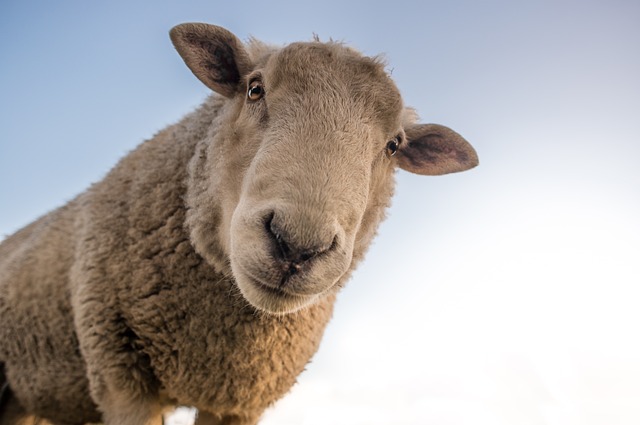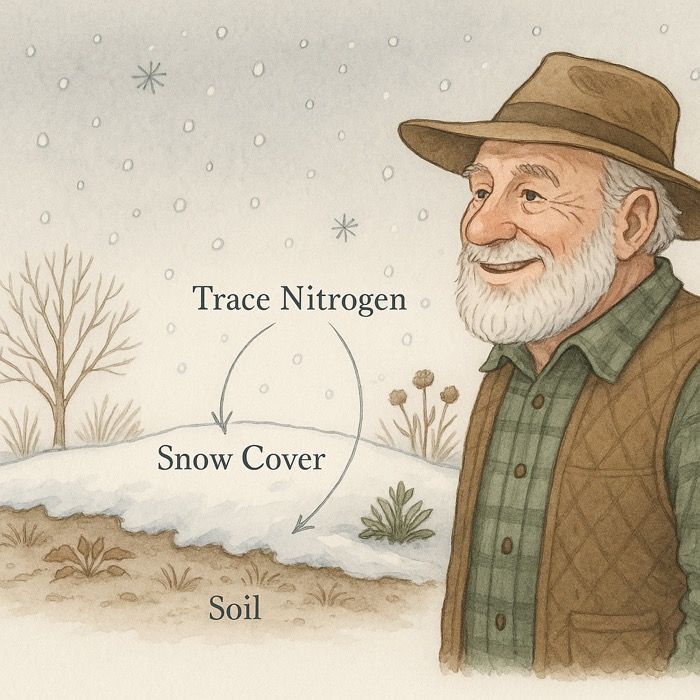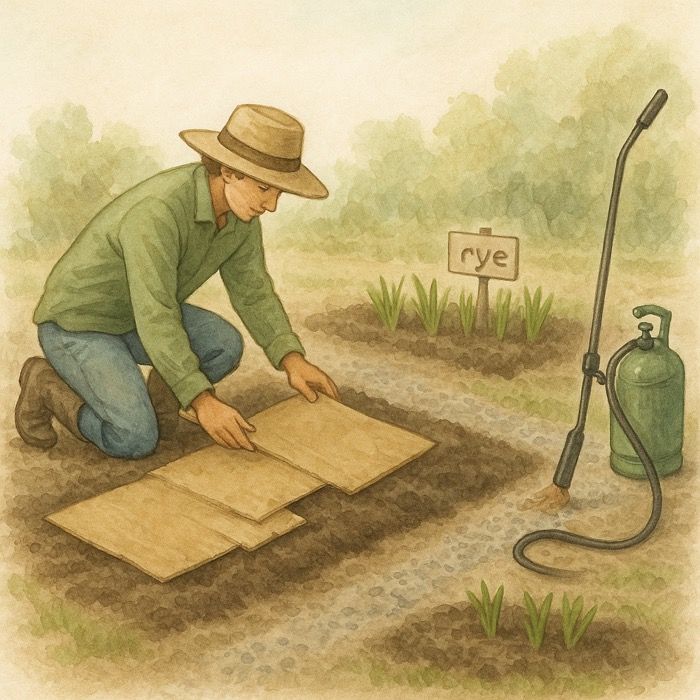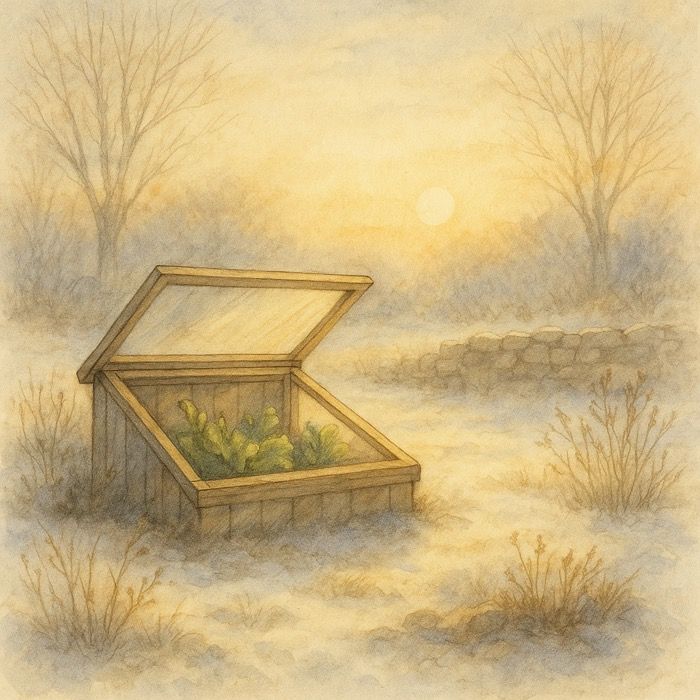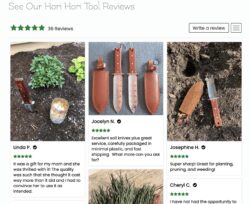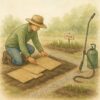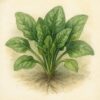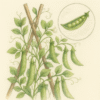Is Wool a Secret Garden Powerhouse?
Benefits and uses of wool in the garden
Gardeners are always on the hunt for innovative and sustainable ways to boost their plant growth. One surprising and eco-friendly solution gaining traction is the use of sheep’s wool in the garden. This natural resource, often overlooked, can be a powerful tool in your gardening arsenal. Let’s delve into the benefits of using wool in the garden and how you can incorporate it into your gardening routine.
Unveiling the Power of Wool – Scientific Research
Scientific studies have confirmed the potential of sheep’s wool to enhance plant growth. Research published in Horticulturae found that wool-based vegetation mats significantly outperformed traditional coir-based mats, promoting the growth of various perennials. These wool mats excelled in water absorption and nutrient release, making them an ideal choice for sustainable horticultural practices.
Additionally, a study in the International Journal of Agricultural and Natural Sciences explored the use of sheep wool manure on pepper plants. The results were impressive – different doses of wool manure positively impacted plant growth and yield. This suggests that wool can provide a steady release of essential nutrients like nitrogen, carbon, and sulfur, benefiting a wide range of crops.
The Benefits of Wool in Gardening
Using sheep’s wool in the garden may seem unconventional, but it offers a multitude of benefits that can transform your gardening experience. Here is a list of the benefits of wool for the garden:
- Natural Fertilizer
Wool is a natural source of nutrients, particularly nitrogen, which is vital for plant growth. As it decomposes slowly in the soil, it releases these nutrients gradually, providing a sustained supply of nourishment. - Moisture Retention
Wool fibers can hold up to 30% of their weight in water, making them excellent for moisture retention. This helps reduce the frequency of watering, protects plants from drought stress, and promotes healthy root development. - Weed Suppression
Wool acts as a natural mulch layer, preventing weed seeds from germinating. This reduces the need for manual weeding and helps maintain a tidy garden. - Pest Deterrent
The coarse texture of wool fibers can deter certain pests, such as slugs and snails, making it a chemical-free way to protect your plants. - Soil Improvement
Incorporating wool into your soil can enhance its structure, improve aeration, and improve drainage. This is particularly beneficial for heavy clay soils.
How to Use Wool in Your Garden
Incorporating wool into your garden is simple and versatile, with various methods to suit different gardening needs. Here are some core uses:
- Mulch
Spread wool around the base of your plants to retain moisture, suppress weeds, and protect against temperature fluctuations. - Compost
Add small amounts of wool to your compost bin to enrich the nutrient content of your compost. - Soil Amendment
Mix wool fibers into your soil to improve its texture and water-holding capacity. This is especially helpful for raised beds or container gardens. - Vegetation Mats
Consider using wool-based vegetation mats for a stable and nutrient-rich environment for your plants.
Master Gardener Tip – Using Pelletized Wool for Enhanced Plant Growth
Most of the gardening wool suppliers provide wool compressed into pellets for fertilizer. Pelletized wool is a fantastic, sustainable alternative to traditional fertilizers and soil conditioners, offering several unique benefits for your garden. These wool pellets are made from compressed sheep’s wool, which breaks down slowly in the soil, providing a steady release of nutrients like nitrogen, potassium, and sulfur. This slow-release property helps reduce the need for frequent fertilization, supporting consistent plant growth throughout the growing season.
To use pelletized wool effectively, simply mix the pellets into your planting soil or potting mix. For established plants, you can top-dress the soil around the base of the plant with wool pellets and water them in. The pellets will expand as they absorb water, improving soil aeration and water retention. This makes them especially useful for container gardens and raised beds, where soil quality can be a challenge.
Wool pellets also act as a natural weed suppressant and can help deter pests like slugs and snails due to their fibrous texture. By using pelletized wool, you not only provide your plants with essential nutrients but also improve soil health and structure, leading to more vigorous and resilient plants. Give it a try and see the difference in your garden!
A Sustainable Choice
Using wool in your garden is not only beneficial for your plants but also supports sustainable practices. Wool is a renewable resource, and by using it, you can reduce your reliance on synthetic fertilizers and pesticides. Additionally, it provides an alternative use for wool, helping to reduce waste and support local agriculture.
Conclusion
Whether you’re a seasoned gardener or just starting out, incorporating wool into your gardening routine can yield significant benefits. From improved plant health to enhanced soil quality, wool offers a versatile and eco-friendly solution. Give it a try and discover the secret to thriving plants!
More From Our Master Gardener
Recent Posts

❄️ Snow as Fertilizer – The Truth About “Poor Man’s Nitrogen”

5 Unexpected Winter Weed Control Strategies (That Don’t Involve Mulch)

Harnessing Winter Sun – Passive Solar Tricks for Your Garden

How to Grow Spinach – The Ultimate Beginner’s Guide for Tender, Nutritious Leaves

How to Grow Peas: The Ultimate Beginner’s Guide for Sweet, Crisp Harvests

